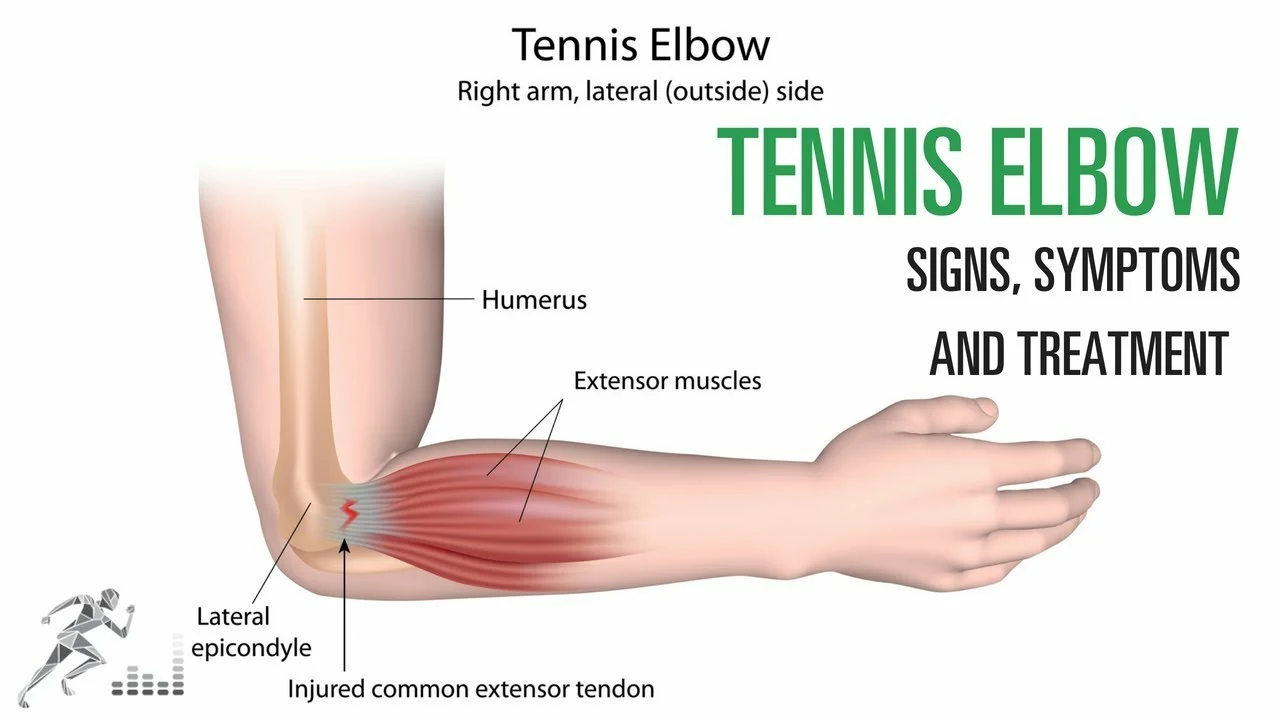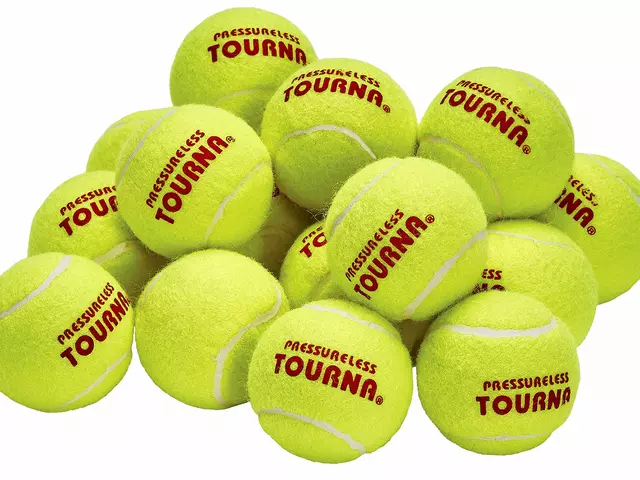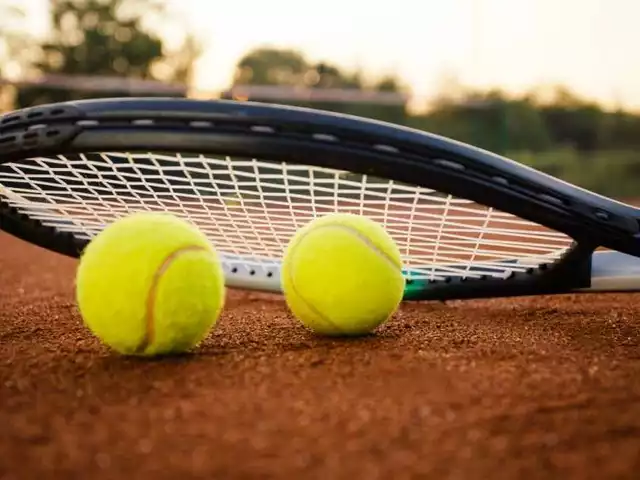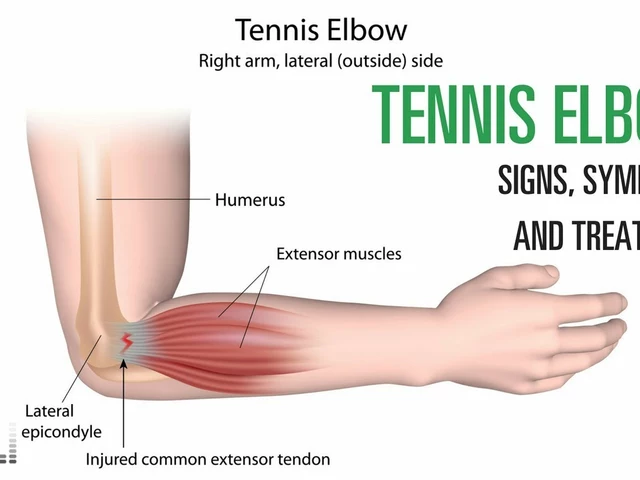
Understanding Tennis Elbow: More Than Just a Sports-Related Injury
Stroll with me down the memory lane, if you will. The first time I heard the term "tennis elbow", was back in the summer of '98. Uncle Jerry, always the sports enthusiast, mentioned it casually over a family BBQ. Naturally, my teenage mind dismissed it as something only old people struggled with. If only I knew how wrong I was.
Unbelievable as it may sound, tennis elbow isn't exclusive to seasoned tennis players and grandpas. According to a surprising statistic from the National Institute of Arthritis and Musculoskeletal and Skin Diseases, tennis elbow affects up to 3% of the population. How's that for a shocking revelation? And here's the real kicker – most people who get tennis elbow don't even play tennis! If you're not gasping in surprise right now, you're probably not as shock-prone as I am, or you've actually done your homework.
Anyway, tennis elbow, or lateral epicondylitis as the medical boffins like to call it, occurs when the tendons in your forearm are overloaded due to repetitive motions or overuse. This can be caused by racket sports, of course, but also by certain jobs that involve repetitive hand and wrist motions. It's like your body is saying, "Whoa buddy, you've been twisting that wrist a little too much, don't you think?" And since our bodies know best, it's only wise to pay attention to those signals. Even if that means sacrificing a bit of the action out on the court.
Caught in the Twinge: Identifying the Tell-Tale Signs of Tennis Elbow
My first encounter with tennis elbow wasn't as glamorous as I'd imagined Uncle Jerry's stories to be. I had just started playing lawn tennis (despite being more of a football guy) and one fine day, I felt this nagging discomfort in the outer part of my elbow. Being the stubborn mule that I am, I ignored it, assuming that it was just a regular muscle strain. Surprise, surprise, the pain only worsened.
So how do you know if you have tennis elbow? The symptoms are your main clues. Typically, you may experience pain and tenderness in the bony knob on the outside of your elbow. This is where those good ol' damaged tendons attach to the bone. You may also find the pain extending from the outside of your elbow into your forearm and wrist. Not fun at all, I can tell you.
If your daily activities involve constant use of your forearm muscles, such as typing or chopping vegetables (for all you cooking enthusiasts out there), you may notice the pain intensifying. Serious cases might even limit your ability to perform simple tasks such as lifting a cup of coffee or gripping an object. But remember, as much as I love being melodramatic, not all elbow pains are indicative of tennis elbow – so don't panic just yet!
‘Elbow Room’: Rest, Recovery, and Coping with Tennis Elbow
So, should you stop playing tennis if you have tennis elbow? In the immortal words of my wise old grandmother, "When a horse breaks a leg, it doesn't race." (She had a knack for farm animal analogies!) Essentially, rest is crucial. Continuing to play could cause further damage to the tendon and prolong your recovery time. But hey, it doesn't mean you have to quit forever! Your precious racket will still be waiting for you when you've recovered.
There are a few other strategies to expedite your recovery. Cold packs, physiotherapy exercises, and over-the-counter pain relievers may help manage the symptoms. Wearing a brace around your forearm might also help take the load off your elbow. But I learned the hard way that when it comes to health, self-diagnosis often leads to more trouble. So, as clichéd as it sounds, please consult a specialist before deciding on a recovery strategy.
But you know what's better than a cure? Prevention. Incorporate exercises that strengthen your forearm muscles into your workout routine. Warm up and stretch before you play. Take regular breaks to give your muscles the rest they need. Mix up your routine to avoid the same repetitive movements that cause strain. Your future self will pay you back with pain-free tennis matches; trust me on this one!
Bouncing Back: My Tennis Elbow Recovery Journey
When I stumbled upon tennis elbow, it felt like I was losing to an unseen opponent. A real bummer, let me tell you. But, just like in any sport, what matters most is your ability to bounce back. I was determined to get back into the game, and I did, albeit after a couple of months of rest and a whole load of resistance exercises.
Under the guidance of a fabulous physiotherapist, I discovered the art of progressive loading, where I gradually increased the weight bearing on my forearm muscles. It was the perfect balance of challenge and patience; kind of like waiting for a cheeseburger at a fancy restaurant. Testing, maybe, but oh-so-satisfying when you finally get there.
But the silver lining was this: those painful months really opened my eyes to the importance of caring for our bodies. It made me realize that just as we exercise to keep ourselves in shape, we need to ensure that we're not overdoing it and causing damage in the process. So, if you ever find yourself caught in the grips of tennis elbow, remember this: you're not alone, and there's a full recovery at the end of the journey. Keep your chin up and let's ace this together!





